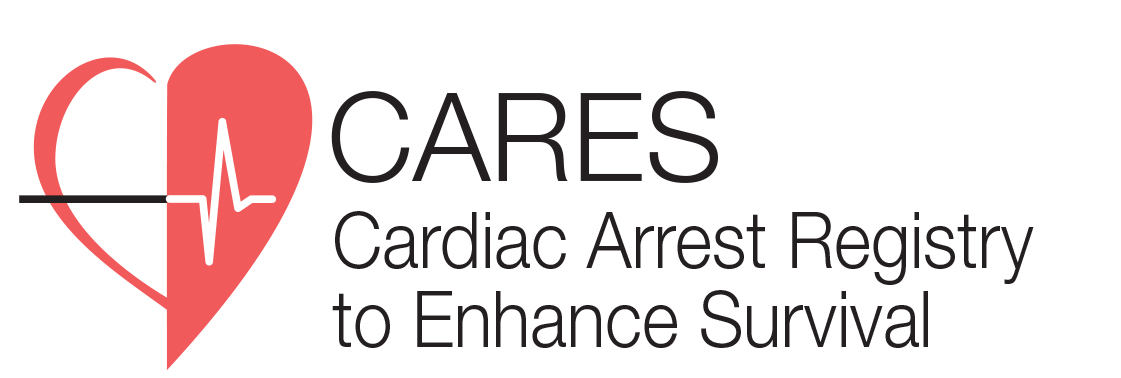Posted by admin on 11/09/2017
ReSuscitation Science Symposium (ReSS) Scientific Sessions 2017 abstracts:
Race/Ethnicity and Socioeconomic Factors are Associated with Bystander CPR in Pediatric Out of Hospital Cardiac Arrest in the United States: A Study from the Cardiac Arrest Registry to Enhance Survival (CARES)
Dickinson W. Richards Memorial Lecture, Monday, November 13th
Naim MY, Griffis HM, Burke RV, McNally BF, Song L, Berg RA, Nadkarni VM, Vellano K, Markenson D, Bradley RN, Rossano JW
Neighborhood Characteristics, Bystander Automated External Defibrillator Use, and Patient Outcomes in Public Out-of-Hospital Cardiac Arrest
Andersen LW, Holmberg M, Granfeldt A, Løfgren B, Vellano K, McNally BF, Siegerink B, Kurth T, Donnino M
Association of Demographic and Geospatial Factors with the Provision of Bystander CPR Following Out-of-Hospital Cardiac Arrest
2017 Young Investigator Award
Buckler DG, Grossestreuer AV, Karp D, Balian S, Carr BG, Wiebe DJ, Abella BS
Cardiac Arrest Risk Standardization in Pennsylvania Using Administrative Data Compared to Registry Data
Grossestreuer AV, Carr BG, Buckler DG, Karp D, Abella BS, Donnino MW, Gaieski DF, Wiebe DJ
Post Admission Variability in OHCA Survival Outcomes in Pennsylvania
Balian S, Buckler DG, Bhardwaj A, Abella BS
Emergency Cardiovascular Care Update (ECCU) presentations:
Success stories - Using Data to Save Lives
Lucinda Hodgson
Wednesday, December 6
11:35am-12:25pm
Challenges and Progress for Community-Based Resuscitation: Examples from HeartRescue Consortium
Tom Rea
Wednesday, December 6
2:45-3:35pm
If at First You Dont Succeed...Lessons Learned by the Resuscitation Academy and Global Resuscitation Alliance for the Real World
Tom Rea, Freddy Lipper, Teri Campbell, Terry Vanden Hoek
Thursday, December 7
Plenary Session; 8:25-9:15am
Breakout Session; 10:35-11:25am
Making the Grade: Hospital CARES Report Cards
Adam Rodos, Teri Campbell
Thursday, December 7
10:35-11:25am
CARES Database & Improving Survival
Joe Rossano
Thursday, December 7
2:25-3:15pm
Cheating Death: Improving Statewide Cardiac Survival in Maryland Using CARES
Kevin Seaman
Friday, December 8
11:20am-12pm
ReSuscitation Science Symposium Scientific Sessions 2017, November 11 -15, 2017
http://professional.heart.org/professional/EducationMeetings/MeetingsLiveCME/ScientificSessions/UCM_321311_Resuscitation-Science-Symposium.jsp
Emergency Cardiovascular Care Update (ECCU), December 5 - 8, 2017
https://citizencpr.org/eccu-conference/


